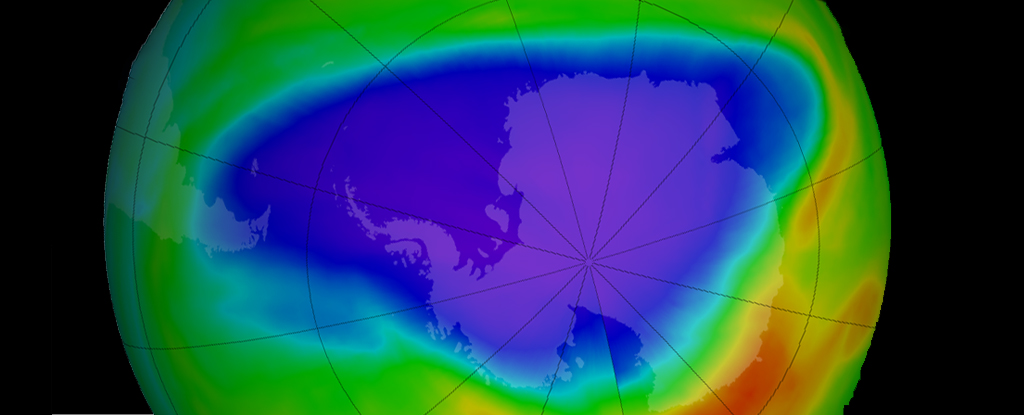In the XX century, scientists noticed that a hole appeared from time to time in the ozone layer over Antarctica. It is believed that in recent decades, it has been possible to achieve its reduction. However, a recently published study has shown that this is not the case.

Ozone hole over Antarctica
A recently published study in the journal Nature Communications can be called sensational. After all, the authors claim in it that the ozone hole over Antarctica continues to increase despite all reports that joint efforts have managed to ensure its reduction.
The ozone layer is an extremely thin film of a substance that consists of three oxygen atoms. It is located at an altitude of 11 to 40 km above the Earth’s surface. It is extremely important for life on Earth because it protects against harsh ultraviolet radiation.
In the mid-1970s, scientists discovered a terrible thing: there is practically no ozone in this layer over Antarctica in certain months, and this huge hole tends to increase. A number of synthetic chemicals were found guilty of this, among which chlorofluorocarbons (CFCs) were the main ones.
They were banned in 1987, and all reports since then indicate that the ozone hole has begun to decrease, or at least is no longer growing. It is believed that it should completely disappear by 2066, and smaller holes in the protective layer of our planet will begin to disappear even earlier.
Is the ozone layer really recovering?
So far, all scientific reports, including the one approved by the UN in January this year, have shown that everything is going as planned. However, a new study shows that this is not the case. The ozone hole over Antarctica usually occurs from September to November, when spring is raging in the Southern Hemisphere.
Scientists found that in the XXI century, the ozone hole really began to open later, which could give the impression that it was decreasing. However, it is now closed significantly later. As a result, when the researchers compared the amount of ozone in 2004 and 2022, they found that its amount decreased by 26 percent.
The authors of the study point out that such a result still does not exclude the possibility that the hole may be tightened later, but now there is much less confidence in this. Because it is quite possible that not only CFCs can lead to its formation.
Experts who comment on this article generally pay attention to numerous factors that can affect the situation. For example, the ozone hole increased in 2020 due to wildfires in Australia. Last year’s eruption of the Hunga-Tonga-Hunga-Ha’apai volcano could also affect it.
Some researchers indicate even more. They draw attention to the fact that the study was based on very unusual years when random factors could affect the parameters of the ozone hole. This casts doubt on the results obtained.
According to www.sciencealert.com
Follow us on Twitter to get the most interesting space news in time
https://twitter.com/ust_magazine


